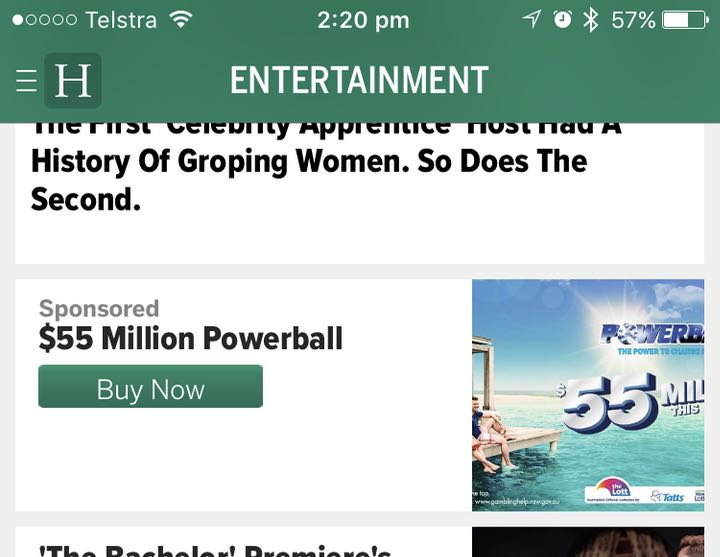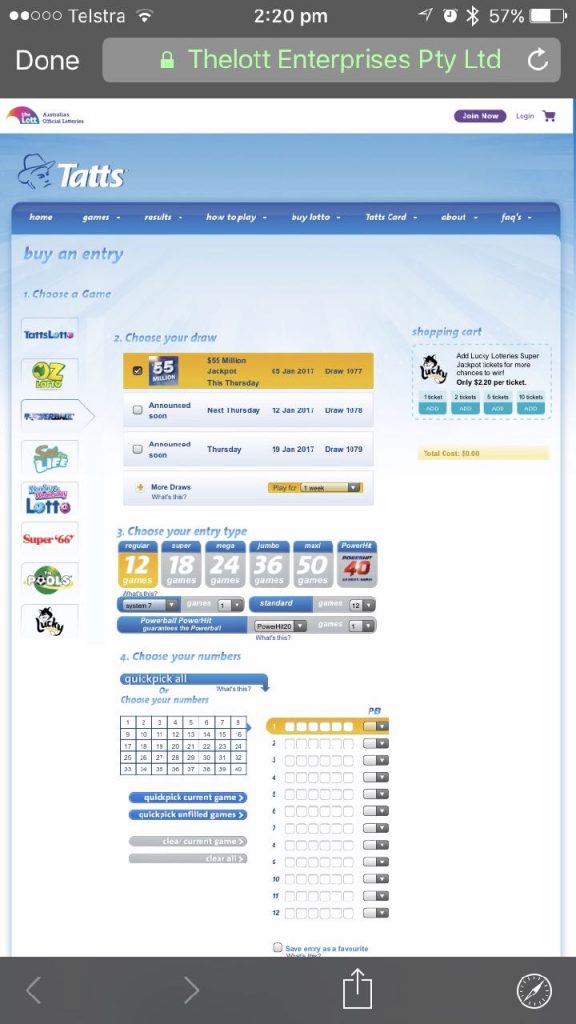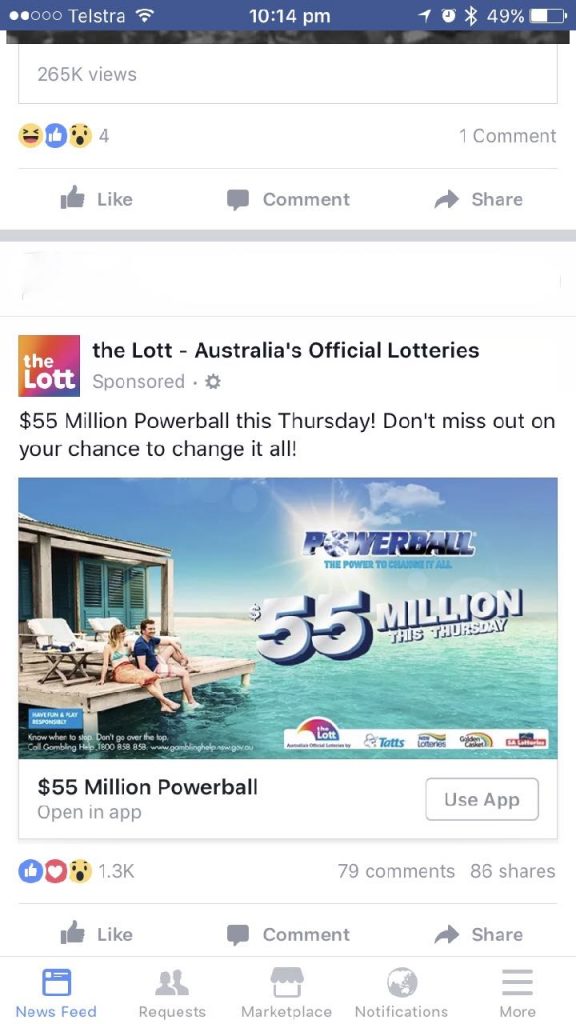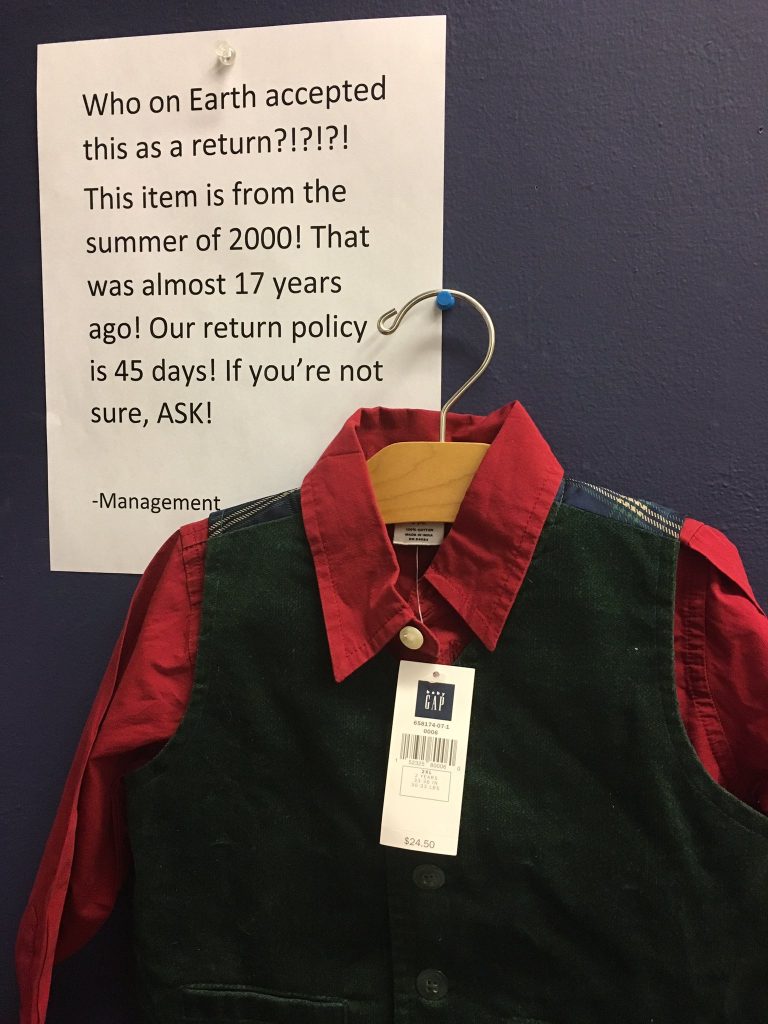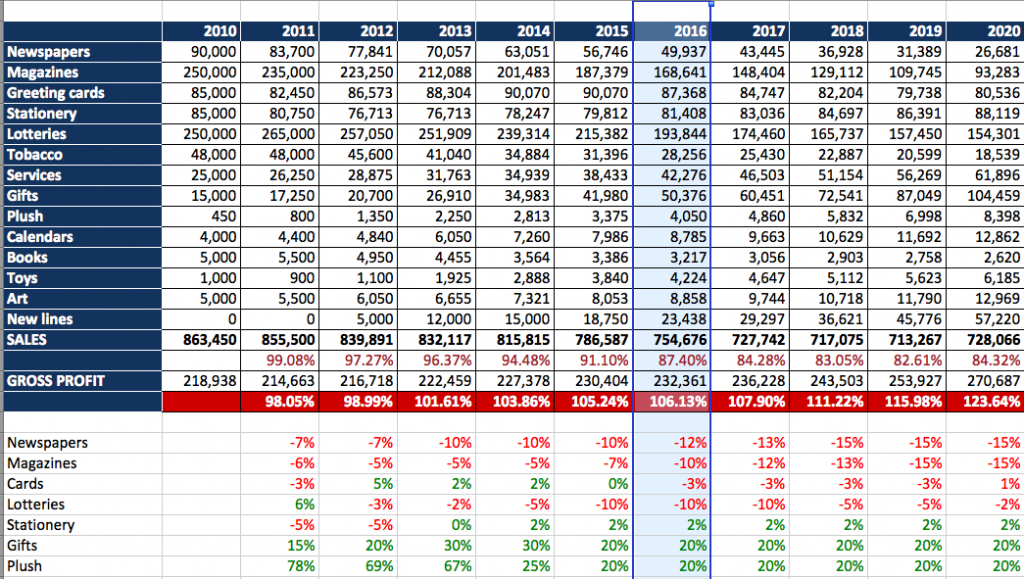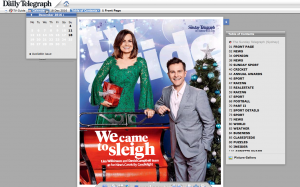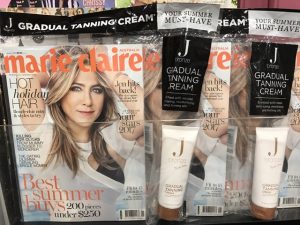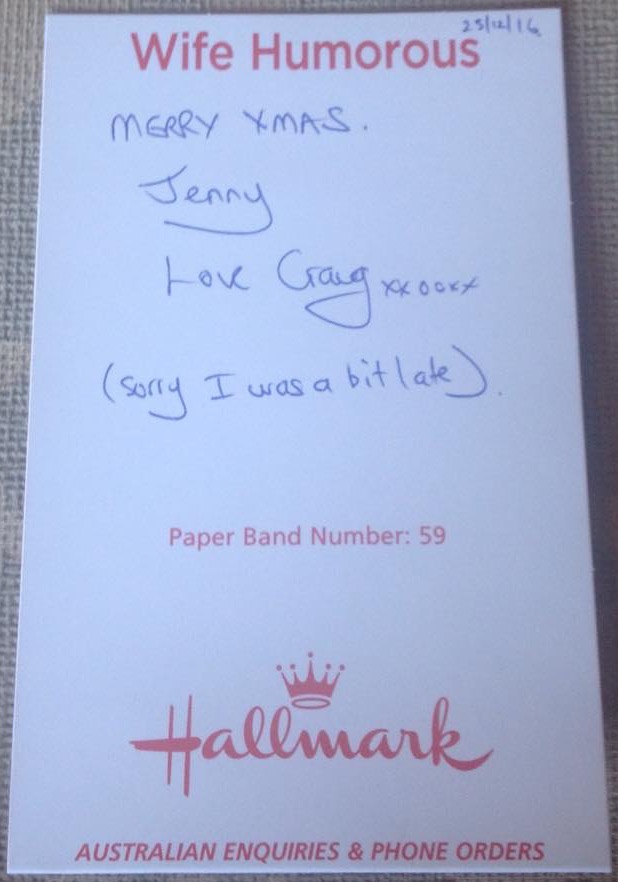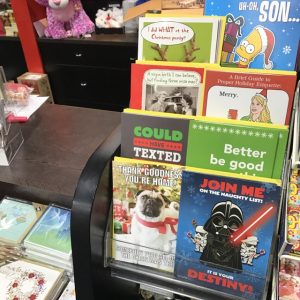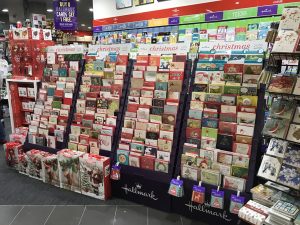Is the Coles Was / Is pricing pitch for Inside Out magazine misleading?
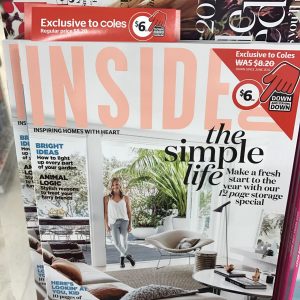 I am not happy that Coles supermarkets continue to pitch that Inside Out magazine from News Corp Australia was $8.20 and now is $6.00. Beyond making other retailers look expensive for this magazine compared to Coles, there are other issues here that concern me, issues that I think the authorities like the ACCC need to consider.
I am not happy that Coles supermarkets continue to pitch that Inside Out magazine from News Corp Australia was $8.20 and now is $6.00. Beyond making other retailers look expensive for this magazine compared to Coles, there are other issues here that concern me, issues that I think the authorities like the ACCC need to consider.
At $6.00, Inside Out is sold at Coles supermarkets at below the established cost price for the magazine title.
The ACCC website has something to say about selling items at below cost including this:
While selling goods at a below-cost price is usually okay, it may be illegal if it is done for the purpose of eliminating or substantially damaging a competitor. This is known as predatory pricing.
Coles has been offering Inside Out magazine at $6.00, discounted from $8.20, at least since June 2014 when I first wrote about it on this blog.
The ACCC has something to say about two-price comparison advertising including this:
Statements such as ‘Was $150/Now $100’ or ‘$150 Now $100’ are likely to be misleading if products have not been sold at the specified ‘before’ or ‘strike through’ prices in a reasonable period immediately before the sale commences.
Such statements are also likely to be misleading if only a limited proportion of a product’s sales were at the higher price in the period immediately before the sale commences. The volume or proportion of sales that may result in such statements being misleading will depend on the circumstances of each case.
The length of the period will depend on factors such as:
- the type of product or market involved
- the usual frequency of price changes.
If a business has a policy or practice of discounting goods when not on sale and uses two-price advertising in relation to sale periods, there is a significant risk that the use of two-price advertising will involve conduct that is misleading. The business would be representing to consumers that they will make a particular saving if they purchase the item during the sale period, when this is not necessarily the case.
While I am no lawyer, I think it is possible that the Coles Inside Out magazine pitch is what the ACCC would consider to be misleading conduct based on its position on two-price advertising.
I have written to the ACCC this week seeking their consideration of evidence Coles has been running this campaign for two an half years.
The Coles pitch does make other retailers of the title, including newsagents, appear more expensive. I suspect this is what Coles wants.
